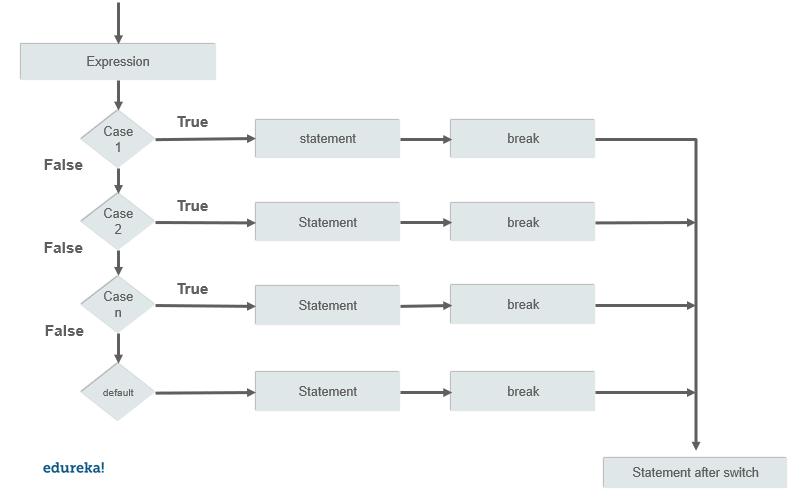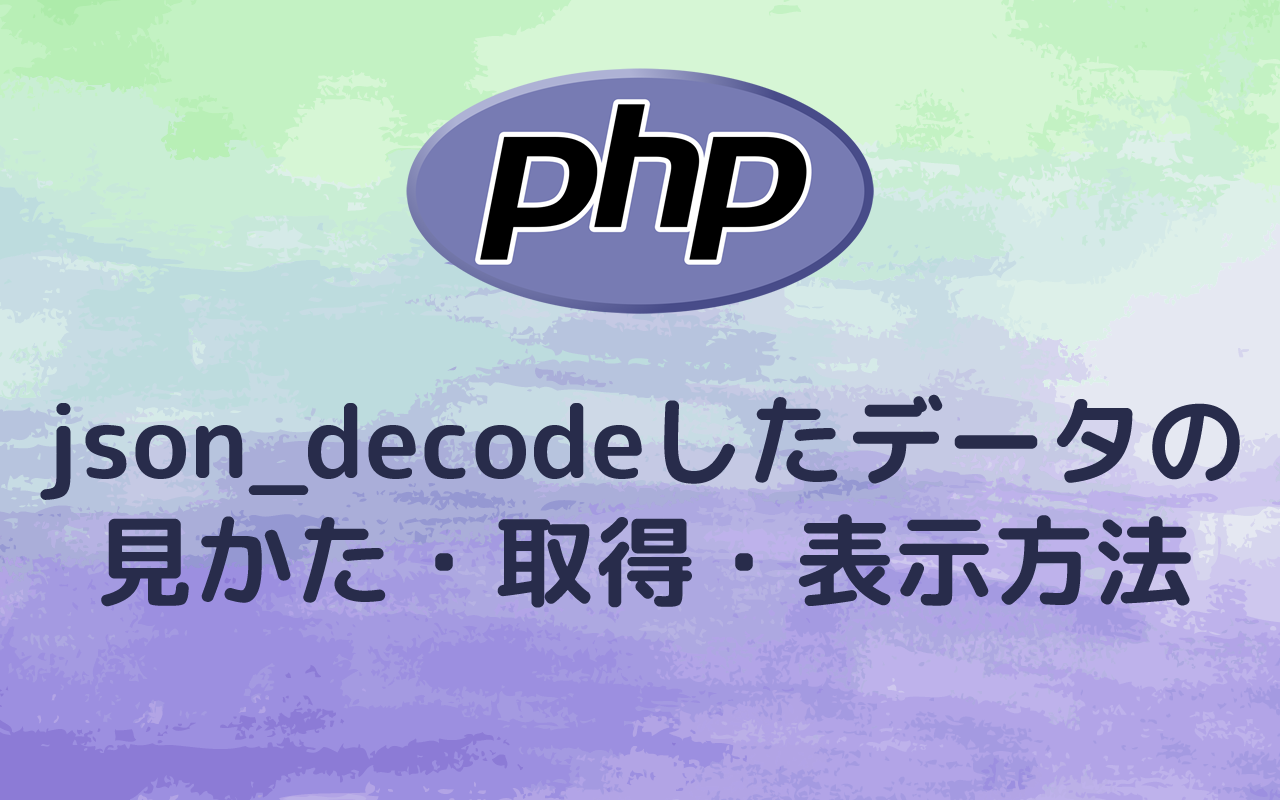
It has a simple syntax that stores data in key/value pairs, separated by commas, with curly braces to hold strings and square brackets to hold arrays. From json-decode documentation: When TRUE, returned objects will be converted into associative arrays. JSON, which stands for JavaScript Object Notation, is that data format in the case of PHP and JavaScript. To pass data from one scripting language to another, you need a common data format-a shared language for data objects, if you will-that you can output from the one and input in the other. Not only is this possible, but, thanks to the json_encode() function in PHP version 5.2 and newer, it’s easier to do than you probably think. Well, let’s just say I have good news for you: Not only do they let you store a list of items under a single variable name, each with its own index, but they also make it easy for you to perform operations on a single one or the bulk of them.īut what if you had the task of passing an array that exists on the server side, in your PHP application’s memory, to the client side as an array in JavaScript? Default value: $_SERVER or NULL if not available.Arrays are the PHP programmer’s best friend.

TCP/IP listening port used by the Web server.
#Php json decode array switch statement code#
The default value is the folder where the framework code resides, i.e. Default value: parse_url($_SERVER,PHP_URL_PATH) PATTERNĬontains the routing pattern that matches the current request URI. PARAMS contains the captured URL relative to the Web root. Type: string|null Default: 'Fat-Free Framework'Ī string containing the X-Powered-By header.Ĭaptured values of tokens defined in a route() pattern. $f3 -> set ( 'CONTAINER', function ( $class ) use ( $dice ) ) $f3 -> reroute ( '/foo?bar=baz' ) PACKAGE $dice = … // Configure the API-incompatible Level-2/Dice container. class name) as first argument.ĪPI-incompatible third party containers can be made compatible with a tiny adapter. Prefab-based classes have to implement the get(string $id) method.Ĭallables receive the requested $id (e.g.

Encoding JSON Data in PHP In PHP the jsonencode () function is used to encode a value to JSON format. Both functions only works with UTF-8 encoded string data. These functions are jsonencode () and jsondecode (), respectively. Hence, we cannot pass an object inside of printr().I found 2 ways to deal with this. PHP has built-in functions to encode and decode JSON data. When we use jsondecode(), we get an object of type stdClass as return type.The arguments, which are to be passed inside of printr() should either be an array or a string. Type: callable|Prefab|Psr\Container\ContainerInterfaceĭefines the optional dependency injection container used by Base->call() printr Prints human-readable information about a variable.
#Php json decode array switch statement how to#
See CLI mode for more details on how to handle CLI requests. TRUE if the request originates from the command-line interface, FALSE if it comes from the web server. Pattern matching of routes against incoming URIs is case-insensitive by default. The framework doesn't use any cache engine when a FALSE value is assigned. If none of these shared memory engine has been detected or is available, a filesystem-based backend is used as a fallback (default directory: tmp/cache or you can specify a folder outside the scope of the website, e.g. When set to TRUE, or when the connection with the specified memcached server above failed, F3 will auto-detect, in that order, the presence of APC, WinCache, XCache and use the first available of these PHP module. F3 can handle Memcache module, APC, WinCache, XCache and a filesystem-based cache.įor example: if you'd like to use the memcache module, a configuration string is required, e.g. Contains the php://input stream used by PUT requests, if RAW is false.

HTTP request body for ReSTful post-processing.

Path to the index.php main/front controller. Type: string, Read-only Default: auto-detected


 0 kommentar(er)
0 kommentar(er)
